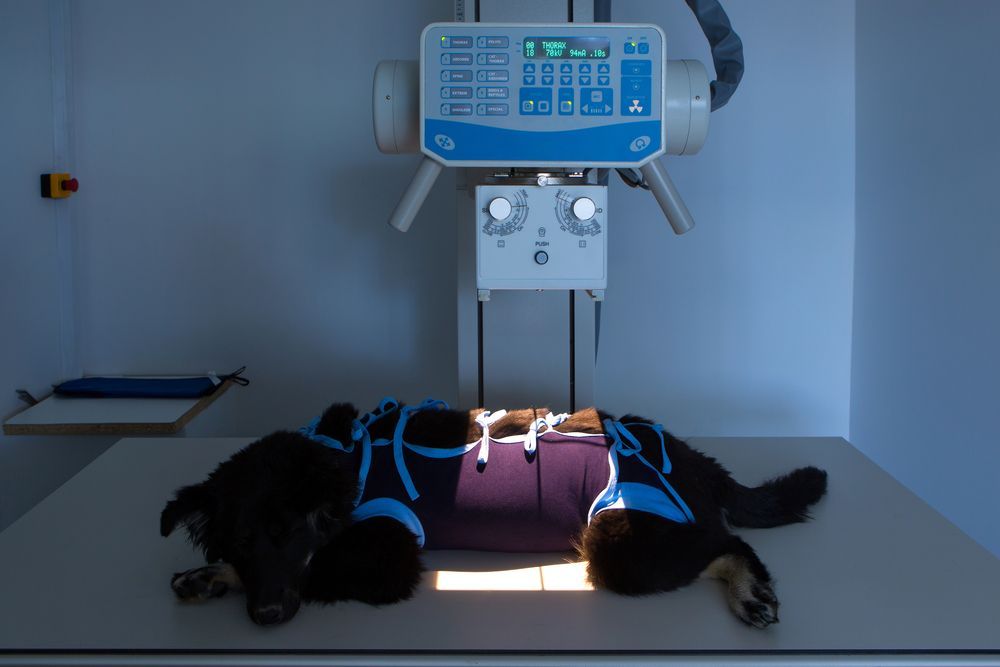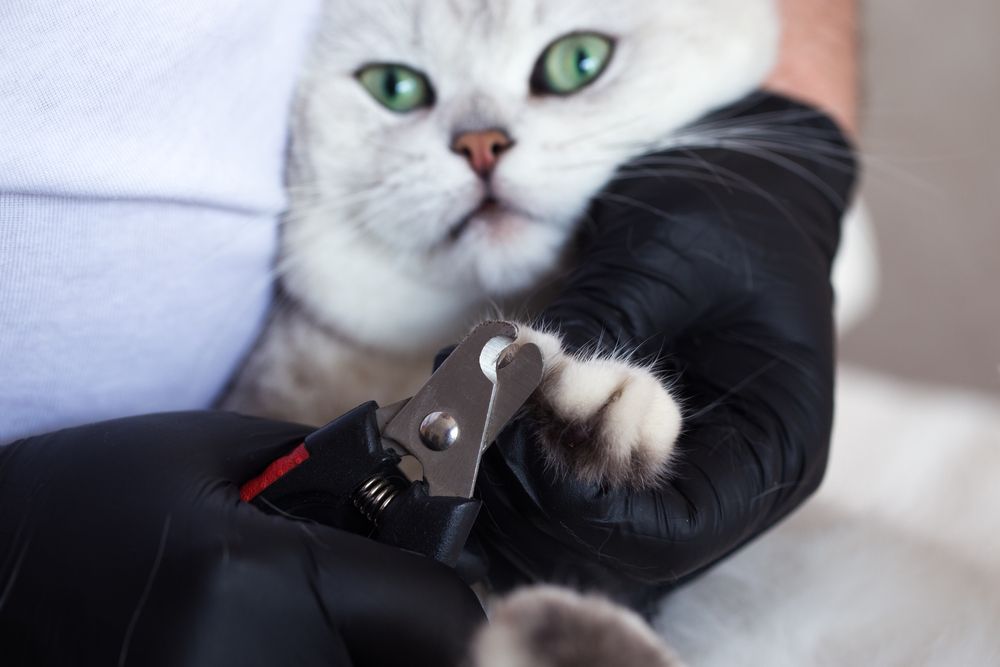Obesity In Pets
How can I tell if my pet is overweight?
Due to the different shapes and sizes of different breeds and species, it can be difficult to tell when our pets are carrying extra weight. A good rule of thumb in a cat and dog is to feel the ribs. Ideally the ribs can be easily felt with a minimal fat covering. Our pets should also have a waist when looking from above and the tummy should be tucked up when looking from the side. If you are at all concerned please contact the clinic and we can do a weight check for you.
Why is it important for my pet to lose weight?
Besides the general ease of getting around better there are some life-threatening diseases and situations that can be avoided by keeping your pet at an ideal weight. These include:
- Diabetes
- Respiratory compromise (fat constricting lung function)
- Overheating
- Hepatic lipidosis (a liver disease that occurs when a stressful event causes the body to metabolise body fat)
- Arthritis
- Increased Anaesthetic Risk
How did my pet get so fat?
- Are they getting extra treats/ human food?
- Is food being left out all day?
- Recommendations on the food package is only a recommendation, it may not be tailored to your particular pet
- What's in the food your pet is getting (high fat pet mince, high energy biscuits)?
- Has your pet's metabolism slowed with age?
- Are there others feeding your pet (kids, neighbours, grandparents)?
- Does your pet have an underlying disease?
- Has your pets requirements changed with a change in exercise/hormones (after desexing)/growth (no longer a puppy)?
What can be done?
Exercise
In many situations diet is more important than exercise. There are many obese pets that are being exercised sufficiently yet still being fed too much. There are other pets who live in households where it isn't feasible to increase the exercise given or the pet has aged and arthritis or other health problems will restrict the amount of exercise.
If at all possible try and increase exercise into your pet's day. Some examples are throwing a ball and playing chase, getting the kids involved, getting some interactive toys. Try and dissociate the emotional value of being kind to your pet with food and treats. Be kind by playing an active game instead.
Diet Recommendations
These will vary with your own particular situation and pet but generally the following will apply:
- Feed 2 meals daily and take away any food left over
- Reduce the amount of food currently fed or use the recommended amount of a weight loss formulation
- Find a measuring container that can be levelled out with exactly the amount of food required to avoid guessing/ using handfuls/ varying the amounts fed
- Remove treats completely. If a treat has been fed, reduce the nightly feed that day. There are prescription weight loss treats that can be purchased at vet clinics that may be substituted if you want to feed a treat occasionally.
Regularly weigh your pet
It is important to monitor that the changes you have made are helping your pet lose the weight they need to lose. Ideally a regular fortnightly or monthly weight check will keep everyone on track. You are welcome to come in anytime to weigh your pet and gain further advice if needed.







